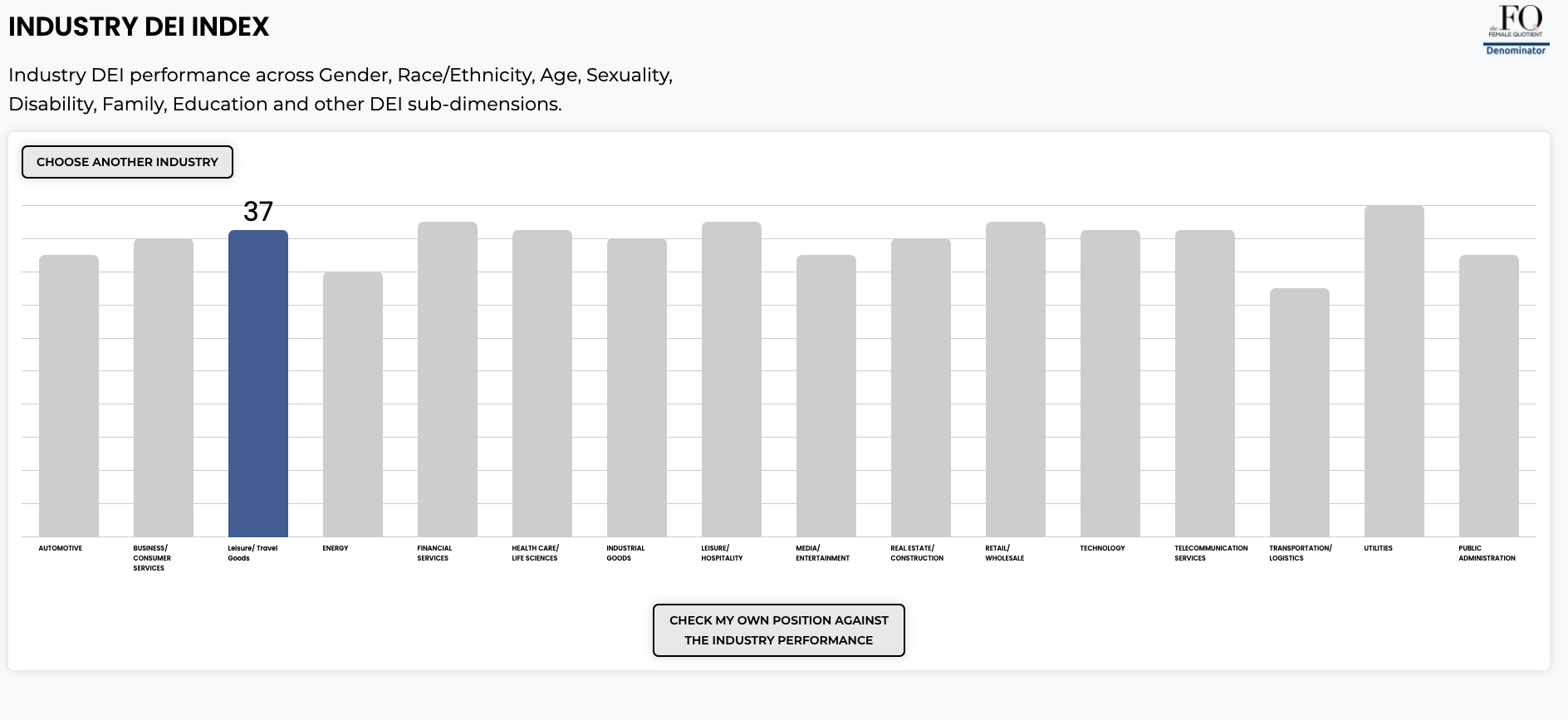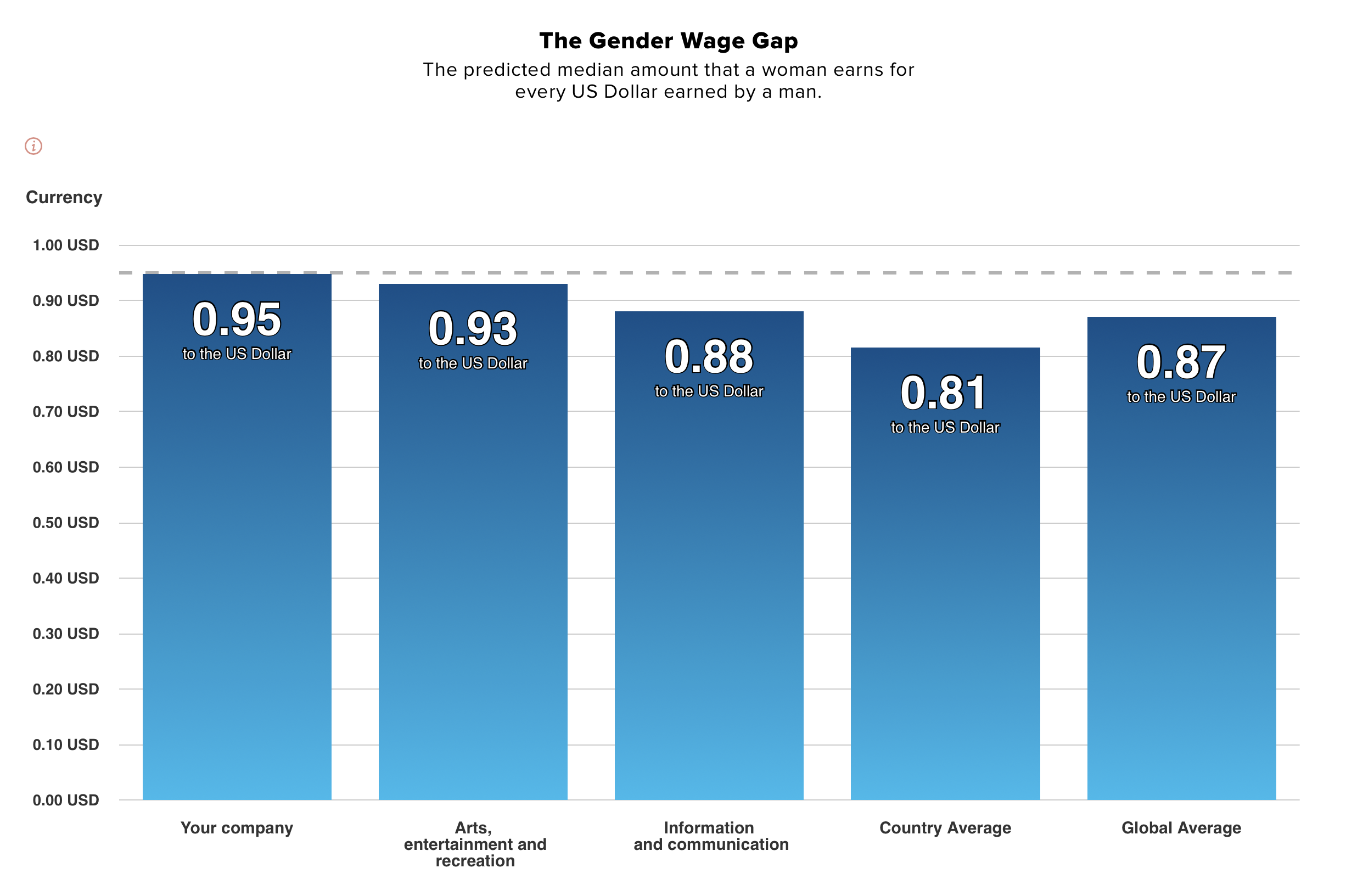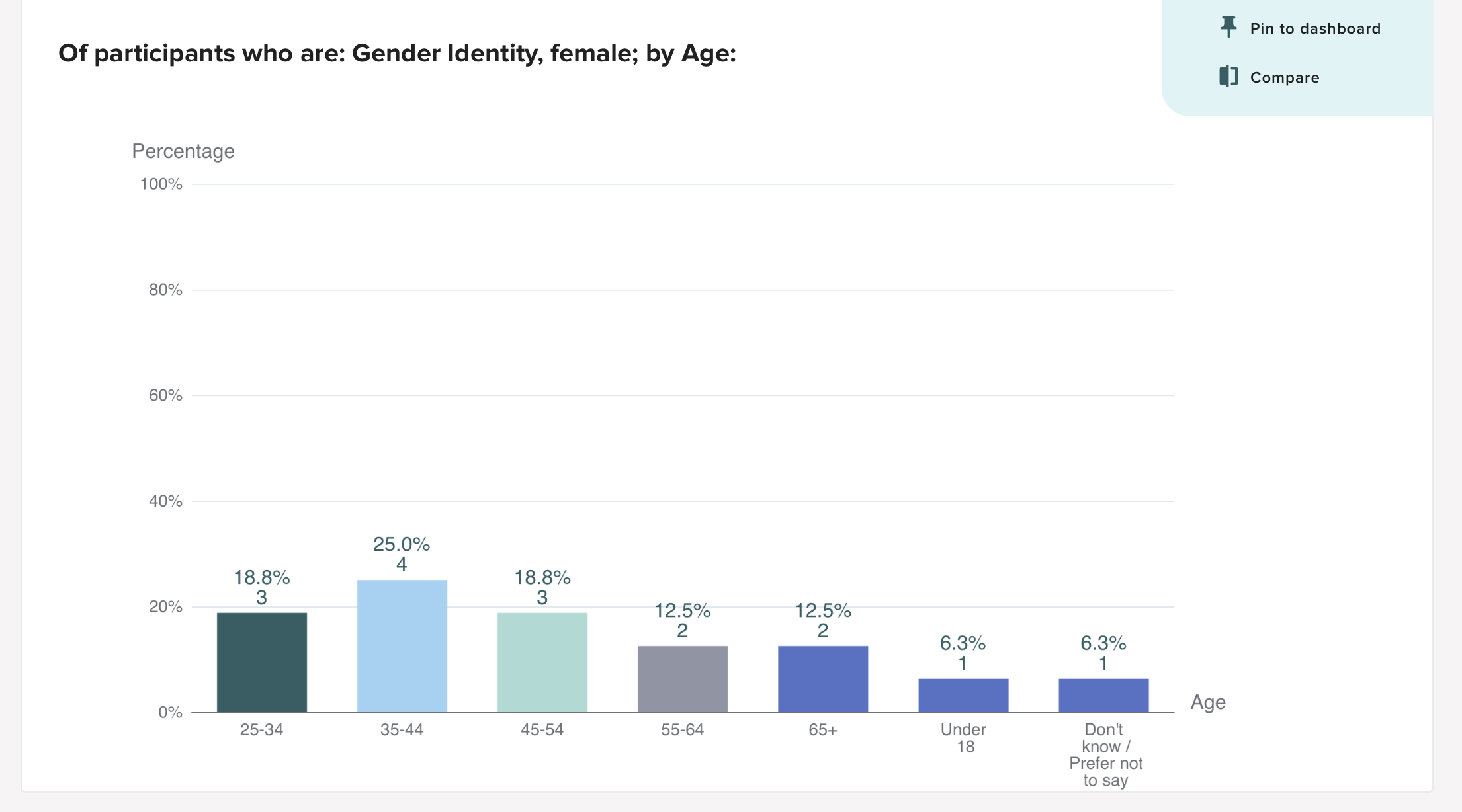Three Tools to Measure Gender Equality at Your Company and Drive Change

Over the last two years, I've heard from leaders who want to create a more inclusive and equitable workplace, but don't know where to start. How do executives and HR gatekeepers bring DEI concerns to their senior leadership team and board? How does one go about implementing change when they're not even sure where the gaps exist?
As CEO of the Female Quotient (FQ), I'm in the business of equality and have traveled the world from the World Economic Forum in Davos to the Consumer Electronics Show in Las Vegas to Mobile World Congress in Barcelona connecting with global leaders and the CEOs of Fortune 500 companies to help close the gaps and change the equation on gender equality.
With a focus on actionable solutions, my team created the FQ Toolkit, an equality conversation starter backed by data. It serves as a diagnostic resource for conscious business leaders who want to take the temperature of their organization's equality health and benchmark their progress: Here's where we're at, here's where we need to be and here's how we get there. The tools serve as a reminder for users to revisit regularly to track the progress they've made.
FQ Equity Index
To start I recommend the FQ Equity Index, a tool for anyone looking for a quick assessment of how their industry or company measures on the DEI (diversity, equity and inclusion) index. Performance is assessed based on a holistic DEI spectrum that includes sub-dimensions such as gender, race, ethnicity, sexuality, disability, age, family and education. Gaps are determined by comparing individual company performance to those of industry peers.
FQ's Equity Index is powered by the Denominator, an organization that pulls in data from more than 1.5 million public and private companies, 88 industries and 203 countries on 175+ DEI-specific data variables.

"Data creates accountability and knowledge to design the right solutions. You need to measure something over time if you want to improve it," said Anders Rodenberg, CEO of Denominator. "If you don't track it, you're basically driving blindfolded."
This data and analytical insight drives one of the most comprehensive DEI rating models and indices creating the global standard for measuring DEI performance.
Advancing Equality Calculator
To see where your organization stands in terms of pay equity, refer to the Advancing Equality Calculator™. This tool helps organizations calculate their raw pay gap, showing where you rank compared to your country and global average. It provides a deeper understanding of how closing the gap can benefit your bottom line and contribute to global economic growth.
The calculator analyzes data input by your team's HR department and sorts it by gender, aggregate annual salary by gender, median salaries and company revenue. It's designed to provide sustainable data on your organization's journey to equality.

Speaker Equity Accessor
If diverse representation on speaking panels, podcasts or at conferences are part of your DEI initiatives (they should be!), use the Speaker Equity Assessor™. With this tool companies and event organizers can input their speaker diversity data from a multitude of panels and get an in-depth look into their event composition. In just a few steps, users can understand how diverse their events really are, how they measure up to race and gender benchmarks and learn where they are lacking in diversity so that they can better plan and prepare for future events.

The Speaker Equity Assessor interprets and analyzes speaker diversity data based on criteria that includes gender, race, age, religion, education, job function, panel topic and more. The Speaker Equity Assessor tells you where your event's speaker gaps are according to benchmarked data around race and gender. Go further by inputting past events and tracking how your progress evolves over time or use the Assessor when you're still in the planning stages for an upcoming event.
How To Use This Data to Create Action
Why should companies be measuring these things? It's simple: it's good for business. It leads to stronger partnerships and greater employee retention. According to Boston Consulting Group, a global management consulting firm, organizations with more diverse leadership experience 19% higher revenues due to innovation. Companies want to work with other companies that are doing good.
Sara Wechter, global head of human resources at Citi, made the impetus clear: "It really comes down to transparency and accountability. If you want everyone to be accountable for making change, they all need to know what they're solving. It's great if the board knows. It's great if the senior management team knows. But at the end of the day, you need to make sure the entire company understands."
It boils down to pay, policy and pipeline -- and collecting data is fundamental to achieve this. Once you have visibility into these metrics, here are a few ways to get started enlisting support:
- Make gender equality a leadership priority. With insights and data in-hand, you have the "what," now add the "why" and the "when" to move the needle forward.
- Be transparent company-wide. It's on leadership to take the plunge and open the lid on topics that are usually reserved for smaller circles.
- Create open dialogue and ask for feedback. Commit to regular pay gap progress reports and company surveys (perhaps, anonymous) to discuss pay equity.
- Review your hiring practices, benefits, compensation and company culture. This is where many of the underlying issues may stem from. What changes can be made today and what can be improved within the next six months, 12 months, etc.
- Make gender equality a company priority. Integrate equity into everything you do. Ensure that all voices are heard during internal meetings. Place more women forward as experts. If you're creating an event, ensure a diverse slate of speakers participate.
You can't treasure what you can't measure. As a business leader, hold yourself accountable. By taking proactive steps to advance gender equality we could add $13 trillion to the global GDP by 2030! Use the FQ Toolkit as a resource to start the conversation because it's on all of us to help close the gaps.
Click the social buttons to share this story with colleagues and friends.
The opinions expressed here are the author's views and do not necessarily represent the views of MediaVillage.com/MyersBizNet.


